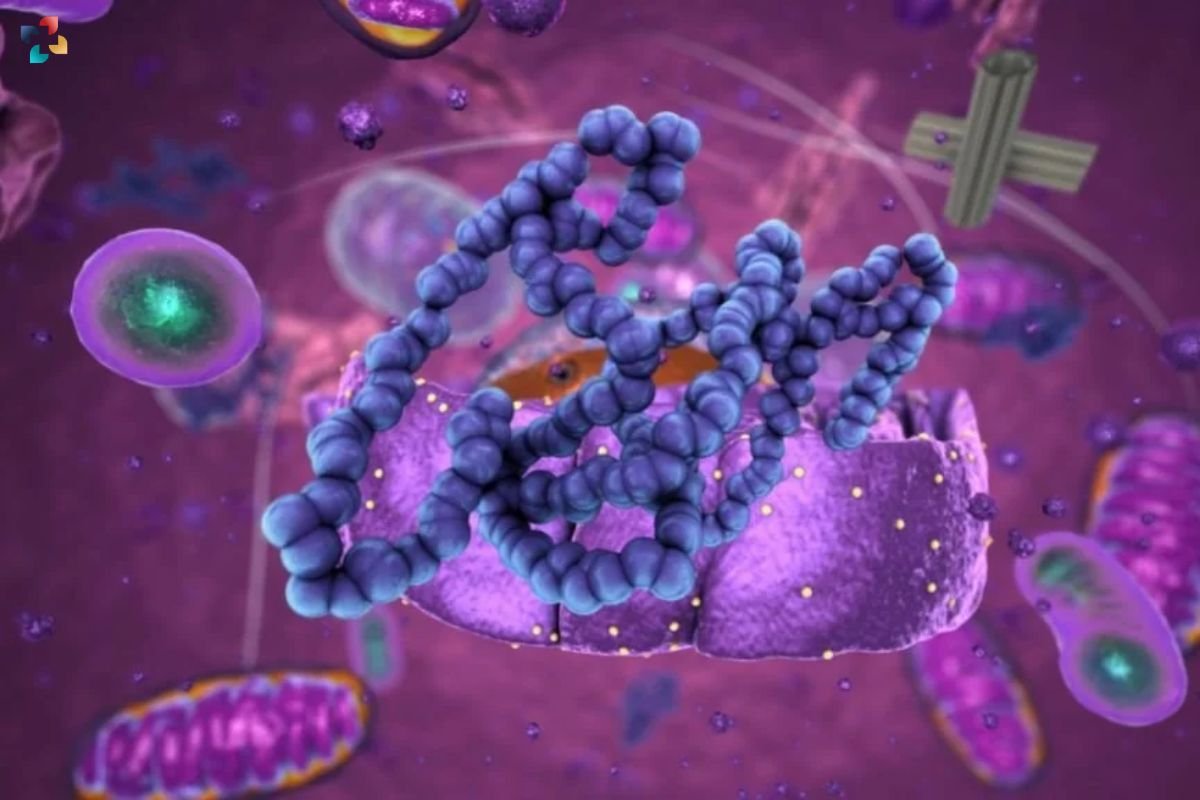Source-Reddit
Revolutionary
One of the most significant advancements in artificial intelligence isn’t a conversational chatbot but a groundbreaking method for deciphering the unique 3D structures of proteins. This powerful deep-learning algorithm, known as AlphaFold, has revolutionized a process that previously took scientists years, reducing it to mere hours on a computer. The implications for medicine are profound; understanding a protein’s molecular structure enables researchers to develop drugs that target specific dysfunctions, combat infections, and improve health outcomes.
Recent findings published in the journal Science highlight AlphaFold2’s potential as an effective tool for structure-based drug discovery. Researchers discovered that AlphaFold2’s predictions could, in some cases, replace traditional experimental methods like X-ray crystallography. This breakthrough suggests that AI can significantly expedite drug discovery processes, marking a significant milestone for biomedicine.
AlphaFold2’s Promising Results
The study, conducted by researchers from the University of California, San Francisco, and Rockefeller University, demonstrated that AlphaFold2’s predictions are reliable for structure-based drug screening. Dr. Jiankun Lyu, the study’s first author, noted that previous studies underestimated AlphaFold2’s capabilities. By prospectively using AlphaFold2 to predict protein structures before experimental structures were available, the researchers found that its predictions were accurate enough to significantly speed up drug discovery projects in about one-third of the cases. This advancement could potentially save years compared to traditional methods.
AlphaFold2 operates by enhancing the fluorescence of green fluorescent protein (GFP) upon binding to ATP, allowing for highly sensitive and accurate ATP level readings. This technology has shown to be particularly effective in tracking ATP levels within single cells and subcellular compartments on millisecond time scales. The research demonstrated AlphaFold2’s utility in revealing detailed dynamics of ATP use at individual synapses on a single nerve fiber, providing unprecedented insights into cellular processes.
The Future of AlphaFold and AI in Medicine
Looking ahead, AlphaFold3 is set to improve upon its predecessor. While AlphaFold2 could only predict single-chain protein structures and some protein complexes with an add-on, AlphaFold3 is designed to predict post-translational modifications and small molecule protein complexes. This includes interactions with DNA, RNA, and other molecules, potentially broadening the scope of its applications in drug discovery.
However, the latest release of AlphaFold3 has limitations, including restricted access to the model and a cap on the number of structures that can be predicted daily. Dr. Lyu expressed hope that these restrictions would be lifted to allow broader academic use. Despite these challenges, the potential for AI in biomedicine remains bright. Accurate prediction of protein complexes is crucial for both basic research and industry, guiding the development of new therapeutics.
While AI has already shown its capability in biomedicine, its success depends on the availability of high-quality experimental data to train the models. As researchers continue to generate more data, AI algorithms like AlphaFold will produce even better predictions, leading to more significant breakthroughs in drug discovery. The future of AI in medicine is promising, with the potential to transform how we develop and optimize new drugs.
Also Read: Breakthrough in Antibiotic Development: Generative AI Revolutionizes Drug Discovery







